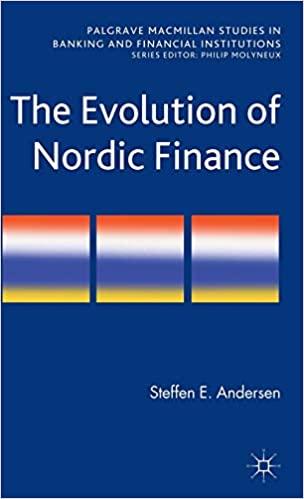Question
Cannon has developed a new, high-end, high-resolution printer, which can print 40 pages per minute. Its market research identified two target segments of customers: 3,500
Cannon has developed a new, high-end, high-resolution printer, which can print 40 pages per minute. Its market research identified two target segments of customers: 3,500 large businesses and 6,500 university labs. A large business has a valuation of $900 for the new printer, whereas a university lab has a valuation of $630. Cannons variable cost for the printer is $450/unit; all fixed costs are sunk. Assume that each customer needs at most one new cannon printer (i.e., no customer will buy multiple units).
(1) Suppose that Cannon cannot price discriminate the two segments of customers, i.e., it can charge only one price for its printer. What is Cannons optimal price for the new printer? What is its maximum profit?
(2) Suppose that Cannon can install an extra chip in the printer to slow down printing to 15 pages per minute. Such a chip costs Cannon $20 to make and install for each printer. The slower version of the printer is valued at $700 by a large business customer and $600 by a university lab. With second-degree price discrimination, what are Cannons optimal prices for the two versions of the printers, and what is its corresponding total profit?
(3) Let N be the total number of large businesses and university labs in the market. Let f be the fraction of
customers that are university labs, i.e., represents the total number of university labs. How do the
optimal prices in part (a) and part (b) depend on ? Explain your answer and derivations.
Answer 3 only.
Step by Step Solution
There are 3 Steps involved in it
Step: 1

Get Instant Access to Expert-Tailored Solutions
See step-by-step solutions with expert insights and AI powered tools for academic success
Step: 2

Step: 3

Ace Your Homework with AI
Get the answers you need in no time with our AI-driven, step-by-step assistance
Get Started


